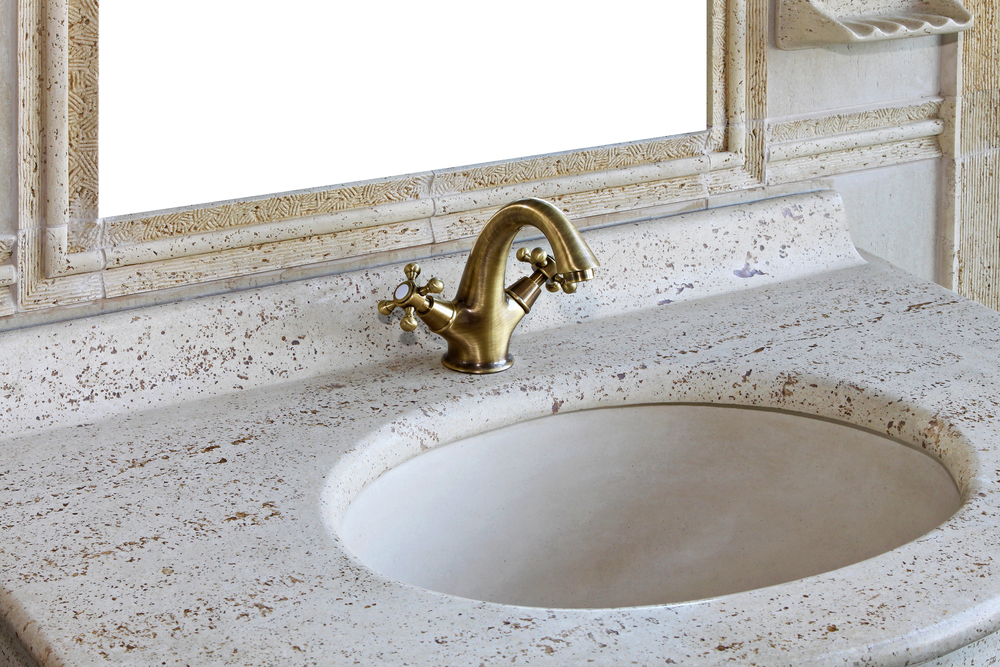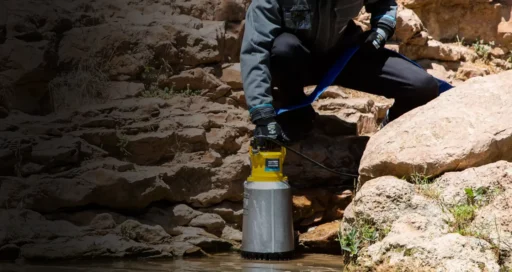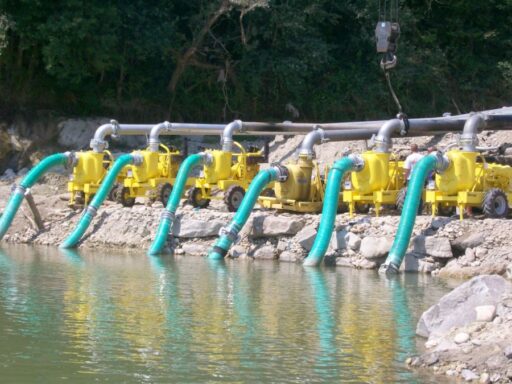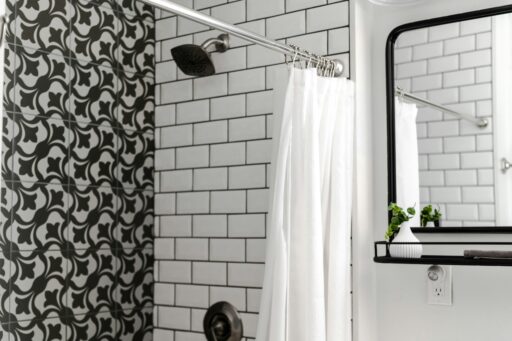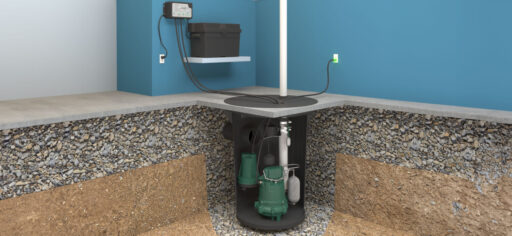Throughout the UK, homeowners are affected by low water pressure. Faulty boilers, closed stop valves, frozen pipes and internal plumbing are just a few of many guilty parties. With so many potential candidates at fault, it can be overwhelming to sift through them all in search of the one (or few) that actually need addressing. To accelerate this process and make it altogether easier for our readers, we have put together this guide that covers all of the main water pressure issues that are likely to affect homeowners in the UK and how to resolve them
It is worth noting that all of the issues we have presented in this list are all actually easily explained – and just as easily resolved. If, you don’t encounter the problem that is plaguing your own home in this list, it may be that it is a less-easily diagnosed and more complex internal plumbing issue. If you think you fall into this category, you should get in touch with a plumber.
Identifying an internal plumbing issue
Before you can explore potential fixes for your water pressure problem, it is important to first identify the source of the issue. Normally, your main water supply will enter your home through the cold tap in your kitchen or utility room. If this tap is working, whilst others throughout the home are not, you have an internal plumbing problem on your hands and you need to get in touch with a plumber.
Checking for a closed stop valve
Sometimes the most seemingly drastic problems can have the most straight-forward solutions – and that is certainly true when it comes to a closed stop valve. Your water nightmare could have been resolved a long time ago with a cursory glance under the kitchen sink (where the vast majority of indoor stop valves are housed) and a simple anti-clockwise motion twist. As simple as it sounds, you’d be surprised just how often plumbers travel to a home just to conduct a bewilderingly simple fix.
Preventing and fixing frozen pipes
Unfortunately, once temperatures drop low enough, frozen pipes are an ever-present threat. And in the colder months, this threat lingers in the background like a bad smell. There are however, a number of preventative measures you can take. An unoccupied home acts as a breeding ground for frozen pipes. With the heating turned off, pipes filled with water can very easily freeze over. To combat this, it is imperative to set your thermostat to at least 5°C to stave off the advance of the cold.
If your home’s pipes have already been affected by low temperatures, you have to prioritise remedial rather than preventative measures. The first, and most vital, step you have to take is to shut off your water supply using your stop valve. This will prevent any more water from entering your home and potentially exacerbating the problem. From there, turning on all the cold taps in the house will allow the water that has accumulated in your pipes as ice to escape. To speed up this process, you can use a hairdryer or hot water bottle to heat up the pipes nearest to the taps. If, however, there is a leak, it is unavoidable that you will have to contact a plumber to amend the leak and repair any damage.
With an understanding of the most widespread water pressure issues, you should be well placed to identify and resolve any issues that may come to affect your own home in the future. Rather than dealing with a fundamental flaw in your water system, there are homes that just do unfortunately suffer from weak water pressure. A home booster pump can rectify this with ease. At Pump Sales Direct, we have a range of the highest quality home booster pumps that are fit to service any scenario. If the issue is confined to your the water flow of your shower, you may instead benefit from a new shower pump. If you require any more information, simply call or email us – we are more than happy to help.

